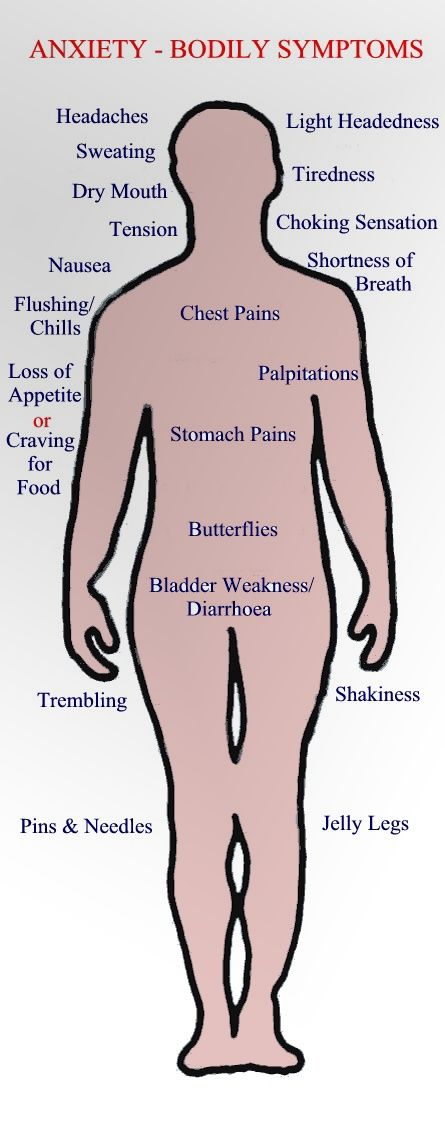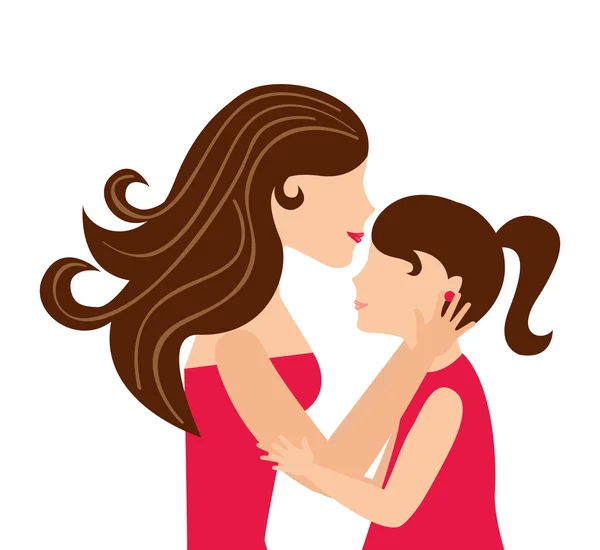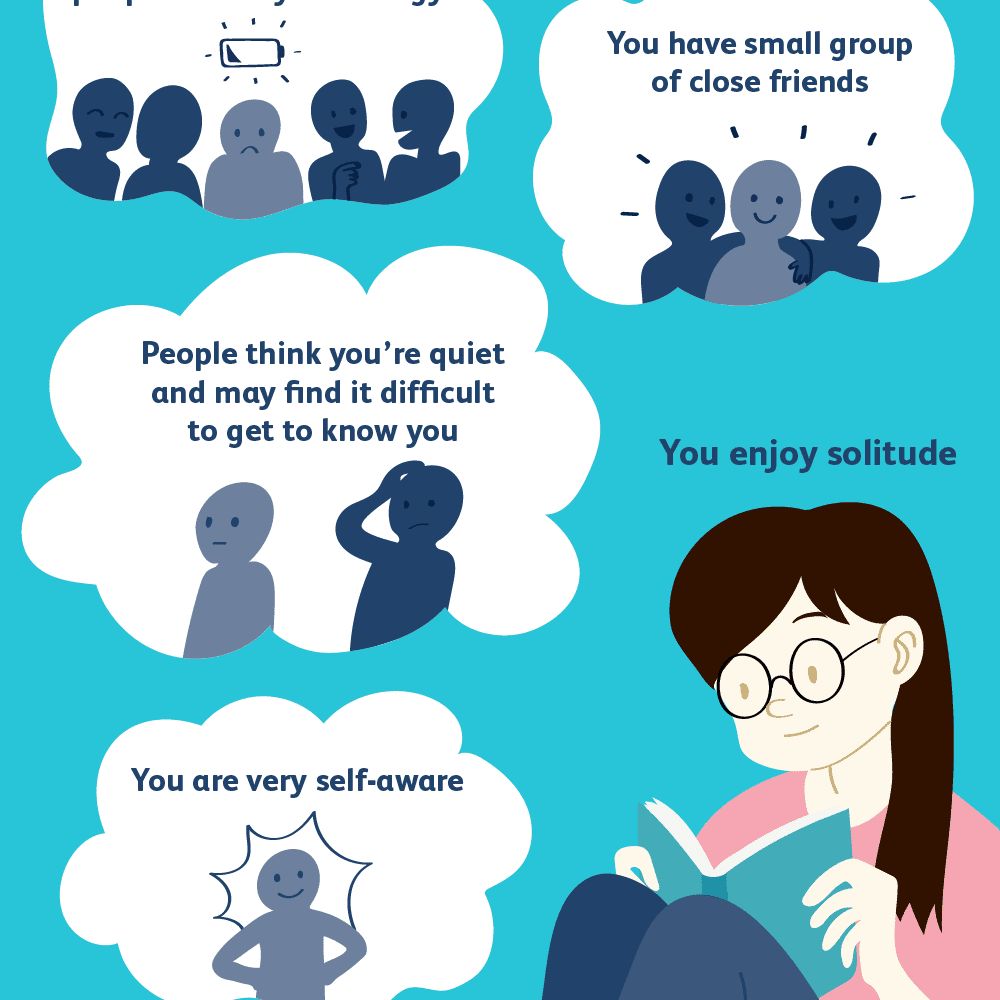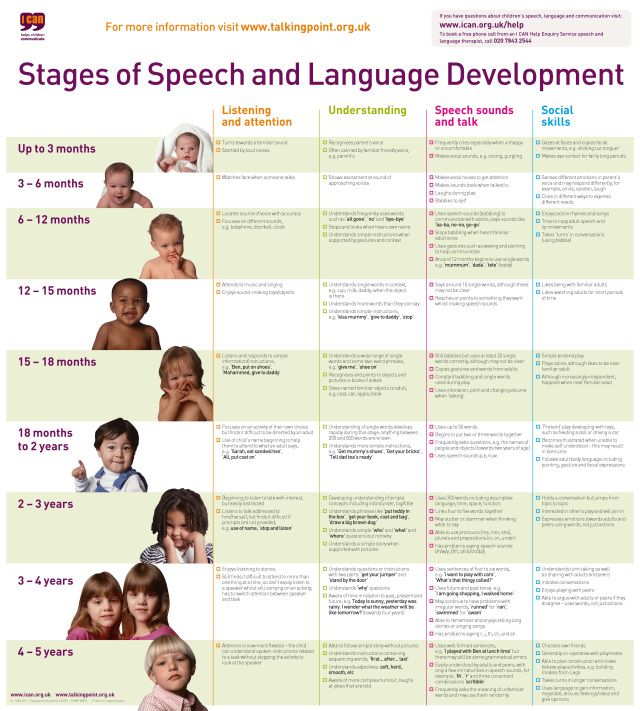Deeper meaning of home
What does home mean to you
It’s a question that Habitat homeowners, volunteers and staff are blessed to answer — and hear answers to — almost daily.
A mom in Missouri sees her Habitat home as way to establish stability for her two growing boys. A teenager in Colorado reflects on how hard she’s seen her mother work to help build their new home, how much will and determination she has shown. In Uganda, a family now has a safer, healthier place to live and new vocational opportunities.
Comfort. Security. Favorite family memories. A place of refuge. We asked our readers to share with us the many ways they think of home.
Here are some our favorite responses:
“Home means a future. Once we had a stable home, we could think beyond where we were going to live from week to week, and we could begin to look ahead to where we wanted to go. Home is the base where everything begins.”— Kelly
“Only three words: safety, security, stability.— Kathy”
“Home is a place blessed, where you and your family can be secure, have all you need, and share your sadness and happiness. Where you can help each other as a family. It does not matter how big or small. I live in a small room with my two sons, and we share our thoughts.”— Honey
“Home means a new chapter in my family’s lives, a fresh new start, safety, security, unity.”— Betty
“A home means a stable foundation. When I was a little kid, my parents never had their own place. With five kids, my dad worked seven days a week, 12 hours a day; mom worked off and on. We went from one place to another. I can remember one place we lived in had no bathroom, the windows were missing, the walls no better — there were holes in them. Sixteen years ago I started helping Habitat and will always help people in need.— ThomasGod bless and thanks. P.S. Dad, you’re the best, will always remember you!”
Home is the base where everything begins.— Kelly
“Since 2007, I’ve built four homes with Habitat for Humanity families. The common thread binding each family was that each home became these families’ base for everything: faith, hope, family, school, fellowship, even future struggles and conquests. Home gave these four great families a relief from the stresses of unsuitable or dangerous living conditions so they could focus on what’s next, not just what’s now.”— Chad
“I think that home is simply wherever you’re surrounded by people who love you.”— Mary Kate
“Home is a safe haven and a comfort zone. A place to live with our families and pets and enjoy with friends.— LindaA place to build memories as well as a way to build future wealth. A place where we can truly just be ourselves. And whether our houses are big, small, fancy or modest, they are our shelters and our sanctuaries.”
More stories
Homeowner stories
Community development stories
Education stories
Learn more about
United States of America
Share this page on your:
Related stories
It’s not just a place.
By emily.bailey
Tuesday, November 17, 2020
We have spent an unprecedented amount of time sheltering in place this year, which makes us wonder: What is the true meaning of home? Keep reading to hear from people from all walks of life.
READ MORE
If you’re reading this, you probably have a home as defined by Merriam-Webster Dictionary – one’s place of residence; domicile; house.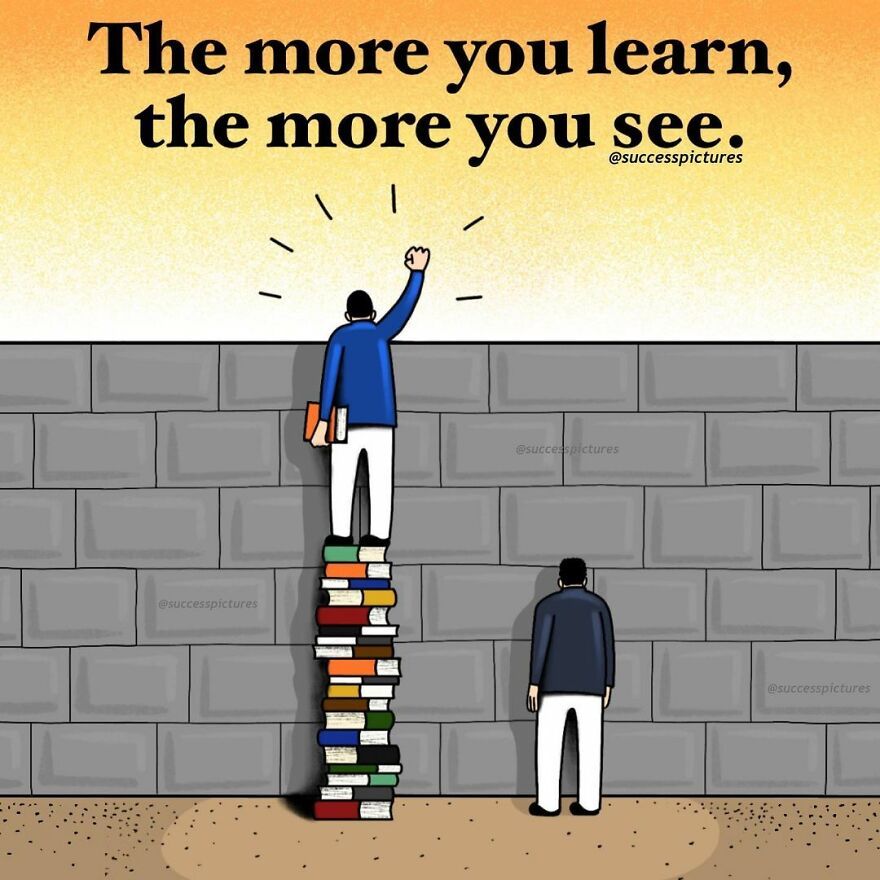 But there’s another kind of home, the one we at Schlage spend a lot of time helping you achieve. It’s the intangible feeling you get in a location, a sense of peace, joy from loved ones or an environment where everyone knows they’re welcome. “Home” isn’t easy to define, but you know when you’re there.
But there’s another kind of home, the one we at Schlage spend a lot of time helping you achieve. It’s the intangible feeling you get in a location, a sense of peace, joy from loved ones or an environment where everyone knows they’re welcome. “Home” isn’t easy to define, but you know when you’re there.
We have spent an unprecedented amount of time sheltering in place this year, which makes us wonder: What is the true meaning of home? Keep reading to hear from people from all walks of life – sages, celebrities and everyday people – on what home means to them.
Where we find comfort and safety
Feeling secure at home often goes beyond just having good deadbolts. It’s where we retreat when times are tough and where we depend on family and the familiar to restore our sense of peace.
“Home is where the heart can laugh without shyness. Home is where the heart’s tears can dry at their own pace.” – Vernon Baker, First Lieutenant in U. S. Army who earned the Purple Heart, Bronze Star and Distinguished Service Cross and is the only living Black WWII veteran to earn the Medal of Honor
S. Army who earned the Purple Heart, Bronze Star and Distinguished Service Cross and is the only living Black WWII veteran to earn the Medal of Honor
“Home to me is where I feel safe, secure, loved and accepted. It's a place I don't have to define my strengths or explain my responses. Home is where I can be me 24/7, where I can be the champion or be insecure and still be cherished. Home to me is a place of refuge. Home is happy and full of laughter. Home is a place where the hugs abound and peace is found.” – Victoria Cowen, Corporate Compliance Manager at Allegion (parent company of Schlage)
“Home is the place where I go to feel safe and comfortable. If something negative happens, where do I retreat and regroup? It's not even my entire house, it is specifically my living room, kitchen, and bedroom; that is my 'home.' (The garage, bathrooms, den, and office don't feel like part of my home, they are just other places that happen to be adjacent to my home.) And if my house were to burn down, my home would be the next place in line that I go to in order to be safe: my bedroom in my childhood/parents' house.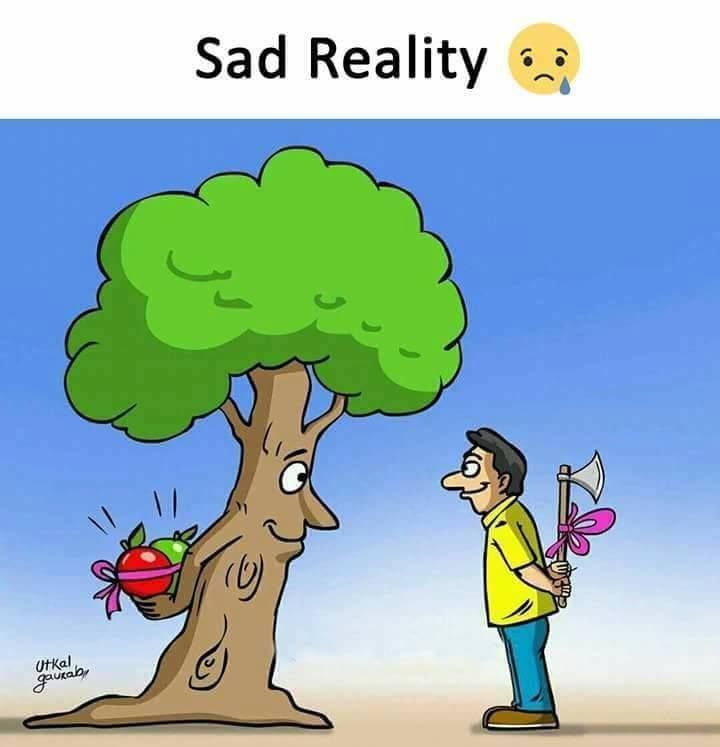 ” – Matthew Stonebraker, Senior Mechanical Engineer at Allegion
” – Matthew Stonebraker, Senior Mechanical Engineer at Allegion
“Home isn’t where you’re from, it’s where you find light when all grows dark.” – Pierce Brown, science fiction author
Where we are always welcome
No matter where life takes us, many of us see home as the place where we are always wanted. It is where we can be true to ourselves and others.
“I want my home to be that kind of place–a place of sustenance, a place of invitation, a place of welcome.” – Mary DeMuth, author and speaker
“I think that when you invite people to your home, you invite them to yourself.” – Oprah Winfrey
“May you always have walls for the winds, a roof for the rain, tea beside the fire, laughter to cheer you, those you love near you and all your heart may desire. May joy and peace surround you, contentment latch your door, and happiness be with you now and bless you evermore.” – Irish proverb
Where we put down our roots
Home is not static.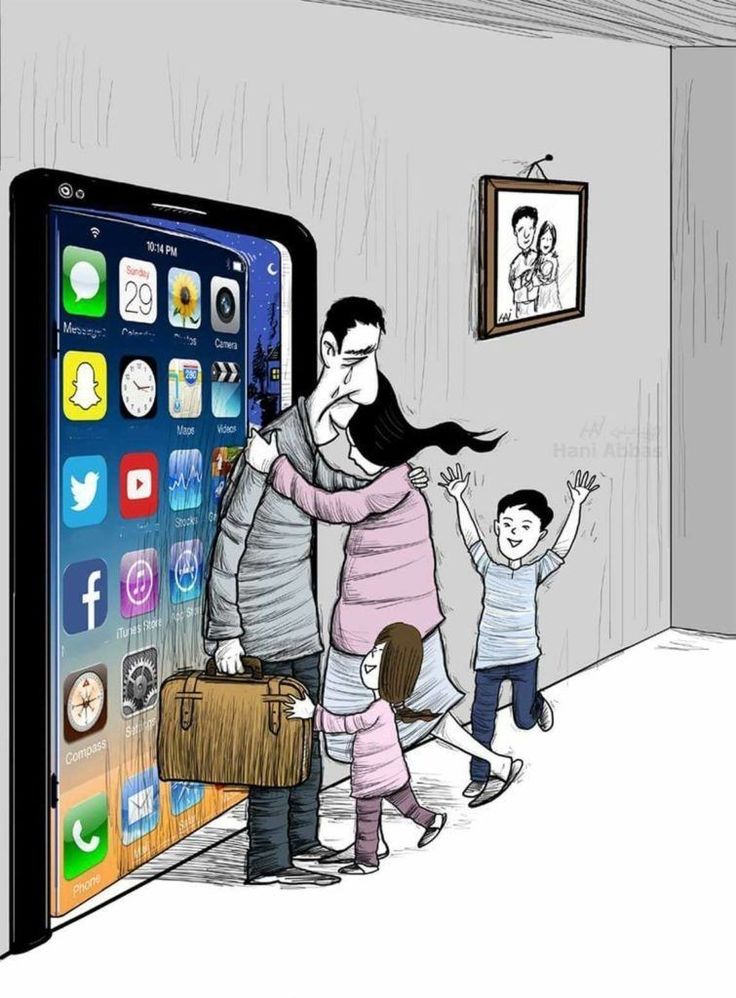 It could be where we grew up, but it can just as easily be where we feel settled and begin a new life full of possibilities.
It could be where we grew up, but it can just as easily be where we feel settled and begin a new life full of possibilities.
“Our homes are more than financial assets. They have deep emotional meaning. For those of us fortunate enough to have grown up in houses owned by our parents, they were the backdrop for our childhood memories — the places we played and argued and hung our artwork and marked the door jamb with pencil lines as we grew taller.” – Dr. Keith Ablow, Psych Central
“[T]here’s a big psychological difference between feeling at home and being home. Feeling at home on the Tiwi Islands or in Bangalore or Vancouver (if you are not native) is simply a way of saying that the not-home-ness of those places has diminished since you first arrived. Some people, as they move through their lives, rediscover home again and again. Some people never find another after once leaving home. And, of course, some people never leave the one home they’ve always known. ” – Verlyn Klinkenborg, Smithsonian Magazine
” – Verlyn Klinkenborg, Smithsonian Magazine
“I think the house shows that I have true faith in myself to take on this task when I was just 27 and see it through … I also think the house says that I will forever remain solid in the place I was born.” – Rapper Drake in Architectural Digest talking about his 50,000-square-foot mansion in his hometown of Toronto
“For me, home is my physical space, yes. A place I feel comfortable and safe. My retreat. ‘Home’ is also where I've planted roots. It's my friends and my community. Fun fact, in my 41 years on Earth, I haven't lived anywhere as long as I've lived in Fishers (a suburb of Indianapolis), and in this particular house where we live. So, I would say, Fishers is my ‘home’ now. We have talked about moving but I would have a really hard time leaving.” – Lauren Young, HR Global Compensation Manager at Allegion
“Home is the place where, when you have to go there, they have to take you in.” – Robert Frost, author
Where our dreams become reality
When we are safe at home, we are free to imagine the possibilities that lay ahead. It is where our future begins.
It is where our future begins.
“Just like memories, home is also where your hopes and dreams are. Dreaming about when you grow up. Being a spaceman or a firefighter. Sinking beneath the sea as a scuba diver. I couldn’t imagine living without dreams. My home grounds them, and without a home, I wouldn’t have any.” – Wynn, Fifth grade. Read his full essay for Habitat for Humanity Canada
“Home means a future. Once we had a stable home, we could think beyond where we were going to live from week to week, and we could begin to look ahead to where we wanted to go. Home is the base where everything begins.” — Kelly for Habitat for Humanity
“Yes, your home is your castle, but it is also your identity and your possibility to be open to others.” – David Soul, actor
What does home mean to you? Share with us on Facebook, Twitter or Instagram.
PREVIOUS
NEXT
Favorite ficus in a pot: how to keep the feeling of home anywhere in the world
Our speech is full of phrases related to a special relationship to the house. We say “houses and walls heal” about the healing power of the familiar environment and “I'm in the house” - about a place where no one can get it. The house evokes different feelings, from joy to anxiety, but is never something to which we are indifferent. What is a “feeling at home”, how it is formed, and how to keep it inside yourself, regardless of the circumstances, says psychologist Ekaterina Davydova
We say “houses and walls heal” about the healing power of the familiar environment and “I'm in the house” - about a place where no one can get it. The house evokes different feelings, from joy to anxiety, but is never something to which we are indifferent. What is a “feeling at home”, how it is formed, and how to keep it inside yourself, regardless of the circumstances, says psychologist Ekaterina Davydova
Home is the most important aspect of psychological well-being from birth to death. Babies form attachments not only to caring adults, but also to the environment. Children are sensitive to the fact that everything around them is stable and constant. An unstable atmosphere in the home can cause stress that affects immunity, behavior, school performance and general well-being.
Attachment to loved ones and to the native environment in children affects, first of all, the unconscious structures of the psyche, corporeality and feelings, and only then mental constructions. This is due to the fact that our primary experience of interacting with the world in infancy is recorded and stored in the so-called implicit memory, which is active from birth, when the neocortex, with its ability to think rationally and be aware, is just being formed. Implicit memory is responsible for deep psychological attitudes about oneself and one's feeling in the world, while explicit memory (voluntary and conscious) is rather associated with the reproduction of specific facts and conclusions. That is why the feeling of “just like at home” most often causes us some familiar smell, sound, bodily sensation, and not a set of facts.
This is due to the fact that our primary experience of interacting with the world in infancy is recorded and stored in the so-called implicit memory, which is active from birth, when the neocortex, with its ability to think rationally and be aware, is just being formed. Implicit memory is responsible for deep psychological attitudes about oneself and one's feeling in the world, while explicit memory (voluntary and conscious) is rather associated with the reproduction of specific facts and conclusions. That is why the feeling of “just like at home” most often causes us some familiar smell, sound, bodily sensation, and not a set of facts.
Another interesting element of attachment to home, motherhood is the so-called "transitional object". According to the theory of psychoanalyst Donald Winnicot, a child, usually under the age of one, is attached to some object (a handkerchief, a plush toy, a piece of cloth). The chosen object begins to have such a great meaning for him that if he is taken away, the baby may experience problems with falling asleep, fall into an anxious state, or begin to angrily demand that everything be returned.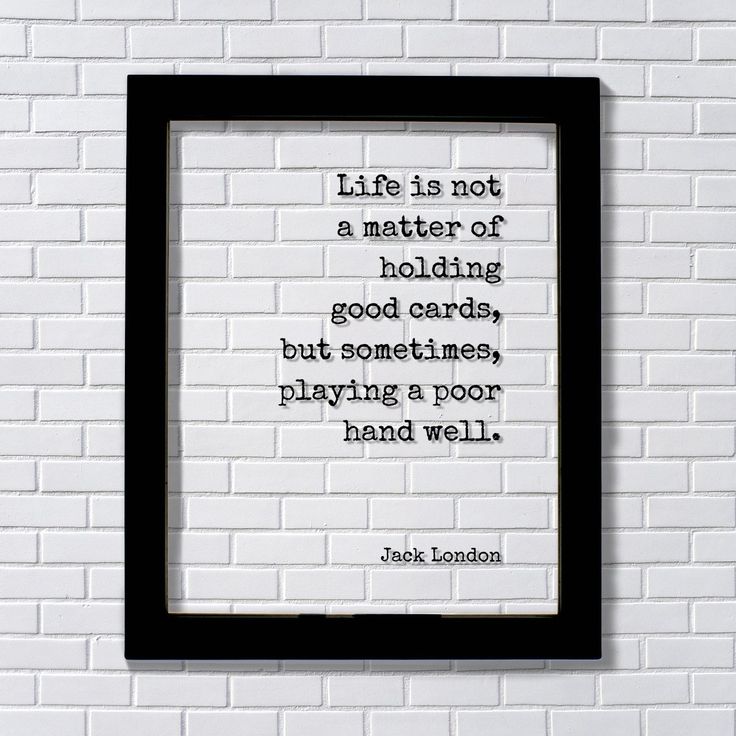 It is believed that such a transitional object helps the growing psyche to cope with the "hardships of the world", in which there are fears, anxieties and frustrations. The object acts as a kind of companion that helps the child by symbolizing for him something dear and supportive.
It is believed that such a transitional object helps the growing psyche to cope with the "hardships of the world", in which there are fears, anxieties and frustrations. The object acts as a kind of companion that helps the child by symbolizing for him something dear and supportive.
When moving from one place to another, some nomadic tribes carry carpets with them, symbolizing their connection with their native land.You can realize what it is like with you through associations - name the first thing that comes to mind when you hear the word “home”. For one, feelings will surface, for another something related to sensations (the texture of a favorite cup, the smell in the hallway, the sounds of creaking parquet, the bright spot of the sofa in the living room, the taste of Sunday cake), for the third - the general atmosphere or some kind of everyday ritual.

Native walls also have a serious impact on the health of the elderly. For example, there is such a thing as Relocation Stress Syndrome (stress syndrome when moving), a complex of symptoms (anxiety, a sense of loss of choice and control, confusion from the lack of familiarity) that occur when older people move from their homes to a nursing home. Usually social workers help with this.
Feeling at home is also important for animals. It is a well-known fact that cats and dogs love the feeling of a regular routine, their territory. When moving, pets feel calmer if toys with their smells and a favorite couch move along with them, and life in the new house continues according to the usual routine.
We also see the importance of our place in various folk traditions. For example, some nomadic tribes, when moving from one place to another, carry carpets with them, symbolizing the connection with their native "mother" land.
And although their home may be in one place today and in another tomorrow, the carpet as a kind of symbolic own territory is always with them.
Related material
A special variation of attachment to a significant space is topophilia (from the Greek topos "place" and -philia "love for"), which is usually understood as a special connection with places that are important to us, having a personal (place of power, place of the first kiss, and so on ), cultural (sights), situational (places associated with a feeling of euphoria or, conversely, tragedy) significance, as well as often having a picturesque, breathtaking view. Driven by topophilia, we may, while in a foreign country, want to buy something in our national cuisine store or go to a sports competition where our team will play. The opposite feeling - topophobia - will encourage us to avoid all of the above.
The statistics on this topic are also interesting.
It has been established that people understand the word "house" very differently. For example, a 2008 study of 2,260 Americans found that only 22% considered home where they currently live. 26% said home was where they were born or raised, 18% said it was where they lived the longest, and 15% said it was where their family was from. 4% said home is where they went to high school.
When the house is not a fortress at all
“Feeling at home” is not always about a free and safe space where you can be yourself.
If in childhood the home atmosphere was full of anxiety, rejection, uncertainty, in adulthood a feeling may form that home is when one must always be on the alert and cannot trust anyone. Then a person can avoid attachment to people and places, become inclined to an exclusively autonomous way of life.
We see a similar example in the famous dialogue in the movie Léon by Luc Besson. In it, the main character allowed himself to become attached only to a ficus in a pot.
- Do you love your flower?
This is my best friend. Always in a good mood, does not ask questions. And he's like me, see? Rootless.
A negative sense of home environment in childhood can also affect self-identity, that is, how we answer the questions “who am I”, “what am I”. If a child lived in cramped conditions for which he was ashamed in front of his friends (for example, a communal apartment in disrepair, where there were fights and unsafe neighbors), then this could form a personal insecurity in communication among peers. Such a feeling is often very stable, then a person who has not been a schoolboy for a long time still feels an inexplicable inferiority, often corrected only during psychotherapeutic work.
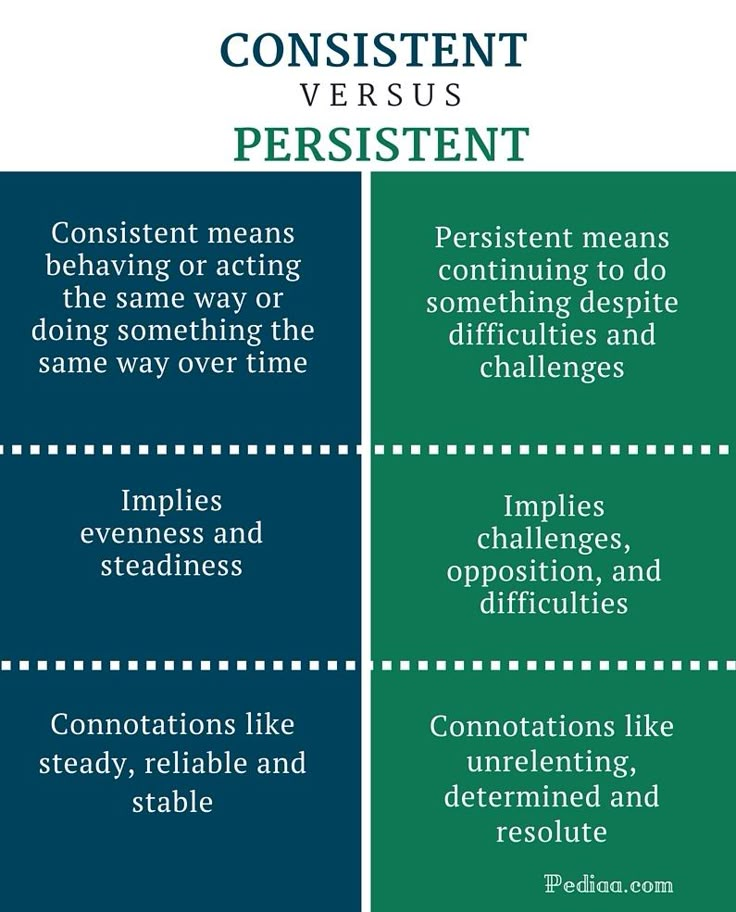 Often, the way the space inside the house is arranged can tell a lot about the character of a person families. The norm is what we learn in the process of social interaction. If the childhood was dysfunctional, and the family is dysfunctional, then this feeling will be distorted. For example, people who grew up with parents who use psychoactive substances often have difficulty in defining the norm. They may unknowingly reproduce destructive parenting patterns themselves, as well as allow others to treat themselves badly, because it is “usual” and “like everyone did at home.”
Often, the way the space inside the house is arranged can tell a lot about the character of a person families. The norm is what we learn in the process of social interaction. If the childhood was dysfunctional, and the family is dysfunctional, then this feeling will be distorted. For example, people who grew up with parents who use psychoactive substances often have difficulty in defining the norm. They may unknowingly reproduce destructive parenting patterns themselves, as well as allow others to treat themselves badly, because it is “usual” and “like everyone did at home.”According to this scheme, the communicative style within the family is often reproduced from generation to generation (for example, obscene language, the admissibility of speaking in raised tones), attitude to space (a tendency to litter and collect), a sense of boundaries (neglect of closed doors and the inviolability of personal belongings) .
Psychocorrection here lies in the zone of the gradual formation of a sensitive and caring attitude towards oneself, based on acceptance and self-support, the acquisition of an internal norm and healthy boundaries.
House as a symbol
In addition to the literal meaning, the house has a deep symbolic meaning. Often the house is used as a metaphor for personality. In psychology, there is even a projective technique called "House, Tree, Man", when all three objects are, in fact, associated with a person's ideas about himself. This association is also reflected in our speech. In everyday speech, we say “it’s like someone moved into it” when a person is very angry, or “my heart is open to you”, as if it were an open door of a house. Often, by the way the space inside the house is arranged, a lot can be said about the character of a person.
A house can also symbolize a certain microcosm, a world in miniature.
A good example of this is the film "Mama!" directed by Darren Aronofsky. Everything that happens between a husband, wife and guests inside the walls of the house can be perceived as an interaction between a person and planet Earth.
Related material
Home is the boundary between one's own and the outside, a potentially dangerous outside world and a safe haven where one can hide. It happens that a person is not ready to integrate into a "hostile society" and chooses to remain a recluse forever. We see a similar thing in a phenomenon called “hikikomori” (lit. “being in solitude”), which originated in 1970s in Japan. We are talking about people who, due to their social phobia and other reasons, prefer to live in complete isolation, play computer games, read books and watch TV shows, choosing the Internet as the only safe way to “leave the house”.
The house is often a separate character in a person's life story.
For example, this is clearly shown in the film "What's Eating Gilbert Grape" (directed by Lasse Hallström). In it, the house is like a heavy burden of responsibility, preventing the main character, the eldest child in the family, from living his own separate life. The finale of the film, in which the house is burned down, becomes a metaphor for the end of the past and the release of the hero from the burden.
And, for example, in the well-known story of Odysseus, the way home, to Ithaca, is the red thread that runs through the whole journey, full of adventures.
Taking control of the house
Thus, the feeling of home can be both positive and negative. We may experience lasting affection if we associate our home with home, or feel lost and longing if we are faced with a planned or forced move.
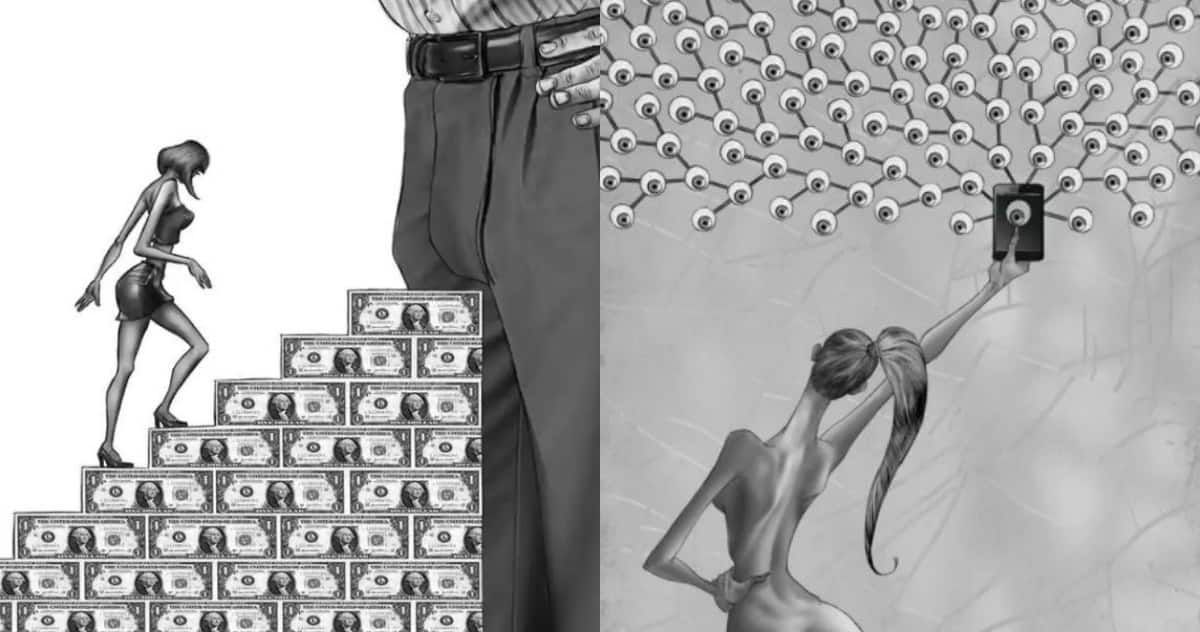
Things we can do to help ourselves feel at home:
- Working with feelings and sensations. Since the image of the house is mostly an unconscious structure, it is useful to saturate the space with the smells, textures, colors, sounds and tastes associated with the house. A favorite blanket, a familiar cup, photographs of loved ones can turn out to be simple but stable supports in the matter of “nesting”.
- Allow yourself to burn out and then get attached again. In the event of a move, we will have to go through a period akin to mourning that your coffee shop is no longer around the corner, and the nearest fruit store has an unusual assortment. It is important to give yourself time, not to devalue your feelings, even if they are not about big details that are not noticeable to others, but are significant to you personally.
The next step in a new place is to allow yourself to make new connections. Your former home will not be reproduced in an identical form, but gradually you will be able to feel a connection with the environment where you are now, to find "your" cafe and "your" fruit seller.
- Significance of rituals. Rituals can be a good help. People launching a cat into a new home, cutting a red ribbon at the entrance, baking a cake in a freshly assembled kitchen - all this can be a kind of transition, a notch that marks the beginning of a new one. The lack of ritual often prevents us from fully making the psychological transition to a new status. That is why important moments in people's lives (birthday, New Year, wedding, funeral) always take the form of a ritual rich in attributes.
- Transitional object is like a house that is always with you.
By analogy with children who carry their favorite companion toy with them, you can think about what small object is a symbol of home for you personally. Here it is very important to focus on personal associations, whatever they may be. Such an object can warm the soul on the road, and make getting used to a new place a little less sad and a little faster.
- Home is people. You can also shift the focus from space to relationships within the home. Then we can notice that even if everything around has changed, inside the family there are still the same jokes, their own secret language and funny household habits.
how the "House in which..." Mariam Petrosyan — Read on DTF
On the eve of the anniversary, we understand the history and universe of the famous novel.
88952 views
Author: anndr
"The house in which..." Mariam Petrosyan occupies a special place among modern Russian-language literature.
The book by an unknown Yerevan artist was published by the Gayatri publishing house 10 years ago, in 2009. The novel tells the story of the students of a strange closed boarding school for disabled children - in fact, the House. His pupils are afraid and do not like the outside world, live in accordance with their own charters, and some can boast of abilities that are not available to ordinary people. However, until the last pages, mysticism in the novel was mentioned only in passing, through hints, dreams, visions and individual rituals of the pupils.
Unexpectedly, the odd premise did not scare away readers - Petrosyan's book rapidly gained popularity. In the same 2009, she was awarded the Russian Prize, the most prestigious award for Russian-language works written outside the Russian Federation. At the same time, "The House in which ..." took third place in the nomination "People's Choice Award" on the "Big Book".
Petrosyan's work is being discussed, serious literary critics are digging into it and trying to figure it out, and at the same time, role-playing games are being played on it, and fan fiction and fan drawings are flooding the Internet, complementing Petrosyan's illustrations.

Mariam Petrosyan
Both then and now "The House in Which..." is compared with many books, with emphasis on a specific style, language, images, characters, theme. But if we evaluate the book by the place it has occupied in society, then "The House" can be called the "Russian Harry Potter", the first post-perestroika novel that was read by children, adults, writers, and geeks. The book still occupies this place. Let's figure out what kind of House it is, and how it works.
How the house was built
The history of the writing of "The House in Which..." deserves a separate biopic. Mariam Petrosyan, an animation artist from Yerevan, began to come up with individual stories and characters back in the 80s, when she herself was the same age as the characters. But the “official” date for the start of work on the novel is 1991. By the author's own admission, she wrote the book for herself, creating a special fictional space where you can "just go in and be there.
"
Meanwhile, the world around was changing: at 9The Soviet Union collapsed first, and the demand for animation in Yerevan fell. In parallel, the Karabakh conflict unfolded. Petrosyan and her husband left for Moscow for a couple of years, lived in the Kuntsevo district, in an apartment with friends, where there were nine people in two rooms. The informal style of communication, specific neighbors and the fact that this apartment had its own set of “rules” that separated it from the outside world - all this was reflected in the book. In 1995, Petrosyan returned to her homeland, where she again got a job at Armenfilm, and later became a housewife.
author: elena-nekrasova
And all this time, Petrosyan continued to write the novel, ignoring the great political storms of the post-Soviet world. The author deliberately tried to include in the book as little as possible indications of the country and decade in which the action takes place. But certain signs of the times still seep through, thanks to Petrosyan's attention to vivid details.
![]()
Always an artist, she first drew characters and then wrote about them. Heroes generally played a key role in her work - Petrosyan repeatedly admitted that she wrote the book “from characters”, simply invented them and watched how they behave, what they would do, how they would change. Because of this, the novel from the very beginning did not have, and never acquired a complete structure.
When you write for yourself, not limited by volume, time, or the opinions of others, you get an almost endless series. First season, second, third and so on. When you need to collect all this loose material into something whole, you start throwing out the excess, leaving (if possible) what you simply cannot throw away. Hence the inevitable holes, slack plot, and broken storylines.
Mariam Petrosyan, in an interview with "Private Correspondent"
And literary critic Galina Yuzefovich, answering a question from DTF, describes the creation of the novel as "an internal, almost therapeutic practice, a game for one participant.
" It is this approach, and not some peculiarities of the language and style, that makes The House in Which... a unique work.
It is possible that there are many such books "for themselves" all over the world, worlds created by talented people for personal use. But most of them never become available to the general reader. And "The House in which ...", thanks to happy circumstances, was nevertheless published.
Author: Seless
Petrosyan showed separate parts of her text to her husband and friends, sent them to someone by mail. And in 2007, several of these excerpts, in complex and roundabout ways, fell into the hands of the editor-in-chief of the Gayatri publishing house, Shashi Martynova. She sought out Petrosian and offered to publish the book. She agreed, and the painful editing process began.
Shashi Martynova
The fact is that the novel, which we call "The House in which ..." is, in fact, only a small part of the huge text created by Petrosyan over decades, from 1991 to 2009.
In fact, editing was just as important as writing—if Petrosyan had chosen different passages, we would have received a completely different book, with a different concept and story.
Characteristically, the author didn't come up with the final name at all — when she sent the manuscript to the editor, the title was "The house that" in honor of the famous poem. The current name was already proposed by the publisher.
But most of Petrosyan's problems were caused by the need to somehow finish the work. Immediately after the proposal for publication, it seemed to her that in the allotted period - from January to September 2007 - she could easily cope with this. But the task turned out to be almost impossible - many of the lines started earlier did not come together, some characters, according to Petrosyan, "resisted", dialogues designed to draw an end to the relationship between the characters had to be tortured.
Even in the final version, many lines in the finale seem broken or simply forgotten, lost among other plots.
But still, the book was finished, and since 2009 its triumphant ascent began.
Author: Arrette
Everyone has their own House
Due to the specific history of writing "The House in which..." it is very difficult to try to parse its universe. And most importantly, it greatly spoils the original work, makes it look dumber and more pretentious than it really is.
This is not about the fact that "the deep meaning of Petrosyan's book is not accessible to everyone." It's just that understatement, ambiguity and lack of information in the novel have become a separate technique that allows you to create a specific atmosphere of the House, to make the reader feel like one of its inhabitants.
The variety in illustration styles is a good reflection of how differently readers perceive the text (author: Last-Valentine)
This is probably the reason why the book was so successful. Everyone easily brought something of their own into it: their own ideas, meanings, their reading and their allusions.
Someone saw a serious novel about disabled people, and it seemed to someone that he had never read anything more “anime” in his entire life.
Characteristically, the debate about who "influenced" Petrosyan is still going on among the fans. And the writer herself even began to collect a collection of books that, according to readers, had an influence on her, but which she herself did not read at all until The House came out.
Individual books rather than authors influenced me. Blurred by Philip K. Dick, Sometimes I Wanna Be Unbearably by Ken Kesey, Illusions by Bach, Daughter of the Iron Dragon by Michael Swanwick, one of my favorite books.
Kind educator and mentor Moose emerged from the Doc - "Cannery Row" by John Steinbeck - and brought with him another character from there, the boy Frankie - I have Beauty. The big, strong, and awkward Elephant is also inspired by Steinbeck's Of Mice and Men. The passage describing Blind Man's early childhood in the first interlude is an almost direct reference to Christmas in Faulkner's The Light in August.

Mariam Petrosyan, in an interview with "Private Correspondent"
It is clear that the “appropriation” of a text is a natural process. In fact, any reader always sees the text in his own way, and not the way the author intended it. But in the case of different works, this may be more or less natural and obvious. Tolkien, with a rich history of Middle-earth, fictional languages and geography, creates the illusion that "out there" there is a Single Canonical Way of reading his works. But the turbidity, the mysteriousness of the text of "House" allows everyone to make it their own. That, however, does not prevent fans from endlessly arguing with each other.
Such vagueness turns out to be honest in relation to the characters themselves in this story. In the end, almost none of them know what the House really is and what its strange features are connected with. And most importantly, few people care about this issue.
For its inhabitants, the Home is the world, the only one they understand.
And all his oddities seem more natural than the usual reality around. Because of this, any attempts to structure the universe created by Petrosyan will be artificial. The one who analyzes will always bring too much of himself.
Author: Filat
How the House works
But if you still try to analyze the "House", you will have to understand the language that the author created for her work. Her book is replete with its own terms, ambiguous words and nicknames. None of the characters there use their own name. Even heroes referred to by their proper names (such as Black Ralph) apparently use these names as pseudonyms. To "translate" this language means to describe the universe "A house in which...". And you need to start, obviously, from the House itself.
Formally, the House is a boarding school for disabled children. Some of his pupils are people with obvious physical problems: blind, armless, lost legs, separated Siamese twins, and so on.
The other part are children with mental disabilities, or those whom their parents consider as such. Finally, there are those in the House who were simply "fused" there by their parents for money, as a rule - because of problems generated by a difficult character, but without any diagnosis.
author: helmasterseray
However, there is almost no real difference between these categories: all those who have truly adopted the laws and rules of the House seem strange to the inhabitants of the surrounding world (or Outside). But at the same time, there is no discrimination in the House itself due to diagnoses. The only ones who stand out in any way are wheelchair users, who are called “wheelchairs” in the house, as well as pupils who are unable to take care of themselves due to mental characteristics.
An important role among the residents of the house is played by the division between "rooms", in fact, internal "fractions" of the House, which determine the culture and even the appearance of their members.
Each "room" has its own number, nickname, as well as a well-established style of behavior behind it.
The protagonist of the main part of the novel, the Smoker, on whose behalf most of the narration is conducted, begins in the first room, the inhabitants of which are called "Pheasants". This group is "outsiders" for the House. The rest of the pupils do not accept them, considering them too “correct”, but they are popular with teachers and boarding school management.
The fact is that "Pheasants" are absolute conformists, they always dress the same, behave the same and in everything meet the requirements of adults. In fact, it was because of the inability to meet such requirements that the Smoker, who wore different shoes and was addicted to cigarettes, was expelled from the group at the beginning of the book. In addition, the Pheasants are the only group lacking one leader, or leader. Instead, all their decisions are made collectively, in a “comrades' court”.
The second group - Rats, informals and anarchists.
Their leaders often change due to internal conflicts. It should be noted here that violence in the home is not uncommon at all. Pupils constantly fight, and from time to time they kill each other in the struggle for leadership. At the same time, knives, sharpened razors, glass fragments and other improvised means are used. Moreover, Petrosyan pays more attention to the description of these objects than to the scenes of violence themselves.
Author: ReniAry
Third room - Birds, the strangest of all. This is a kind of personality cult of the leader of the group - the Vulture. And he, in turn, has been mourning for his brother for many years, which is why the whole group dresses in mourning colors and behaves quietly and modestly. Although at first glance the Birds seem friendly and helpful, they frighten the Smoker with their obvious connection with the secrets of the House.
He himself fell into the fourth group, which includes most of the main characters.
This group does not have a name and any intelligible "ideology", except that it plays the role of a kind of "family" for its members, in which the pair of leaders - Blind and Sphinx - act as "father" and "mother". At the same time, Blind, the official leader of the group, is also the "master" of the whole house. This is the highest title among the pupils, which the Blind can lose either voluntarily or after a duel to the death.
Author: TiElGar
One such duel takes place in the book. It involves Blind and Pompey, the leader of the last, sixth, group of Dogs (the fifth group is missing in the book, since room number five is not inhabited). Dogs receive the least attention among all groups, except for Pheasants, but in general their image is built around the idea of a "pack" and the unquestioned power of the leader.
In addition to the rooms in the House, there are several more internal groups. Banderlogs (or simply "logs"), a gang consisting of representatives from all rooms except the first - thieves and gossips who spread the news.
"Flyers" are children who are ready to leave the House to return with cigarettes, weapons, music discs, clothes, books and other things that the inhabitants need in everyday life.
Finally, girls stand apart from this division - for about half of the novel there are no female characters at all, until, finally, Blind and other leaders introduce the New Law, which allows pupils and pupils to communicate with each other.
author: jen-and-kris
But besides the names of groups and nicknames of heroes, there are many other specific concepts in the book. The characters created by Petrosyan have their own names for all important phenomena. They call the hospital wing the Burial Ground, the classroom converted into a rest room - the Coffee Pot. They have their own customs and rituals, like the Night of Tales or the Longest Night. Separate groups have internal laws that often seem absurd: for example, in the Fourth, any devices for measuring time are prohibited.

Finally, the book also mentions the so-called Inside of the House, with which the mystical line of the story is connected. The underside of the house is a special space, something like a parallel world or a magical kingdom, with which a number of characters in the book interact, primarily Blind.
In general, the better the hero understands and accepts the rules of the House, the more he dislikes and fears the Outside and the better he is adapted to the Upside Down. Someone gets there only in dreams, but others can move physically and even take someone away with them.
The part of the Upside Down that looks like a forest is best described. But, apparently, in this space there is a whole world with its inhabitants and rules. The inhabitants of the house who find themselves there look different from those on this side - many are healed of their ailments, but more often than not, the changes go further. So, the Blind in the Upside Down looks like a predatory creature resembling a wolf or a reptile.
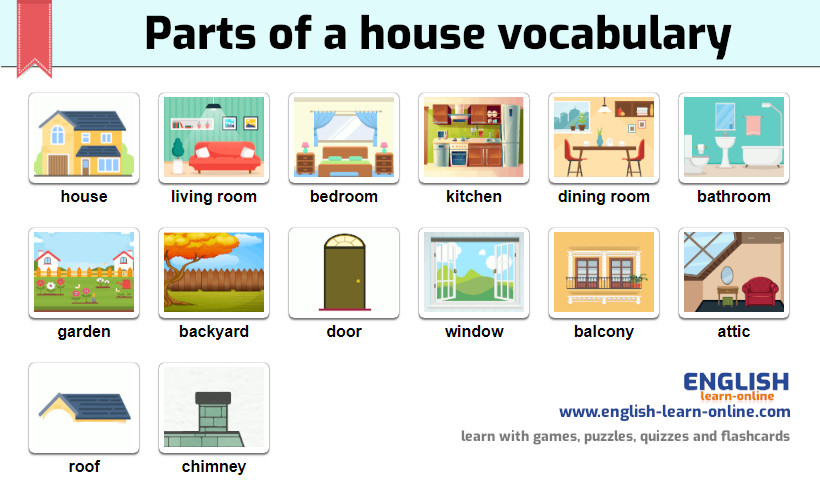
Author: Ace0fredspades
Actually, the interaction of all these groups, people and spaces makes up the novel. The "House in which ..." does not have a through plot, even formally - they just tell us about the last year before the release of the next group. The “school” element has practically no effect on the plot - not a single lesson is described to us. On the other hand, it is unlikely that in such places the lessons greatly excite the pupils. Instead, they are busy building life in their own little world.
At the same time, at some moments they behave like ordinary children, and at others - like heroes of "urban fantasy". On the one hand, the inhabitants of the house fight for cigarettes, discuss books and music like their peers, fall in love and quarrel, draw and write on the walls, and do not trust adults in the same way that no one would trust them in this situation.
On the other hand, prophecies flash from time to time in the drawings on the walls, quarrels in the House reach murders and assassination attempts, committed in a strange, mystical logic, and the pupils' fear of the Externality is irrational, almost religious in nature.
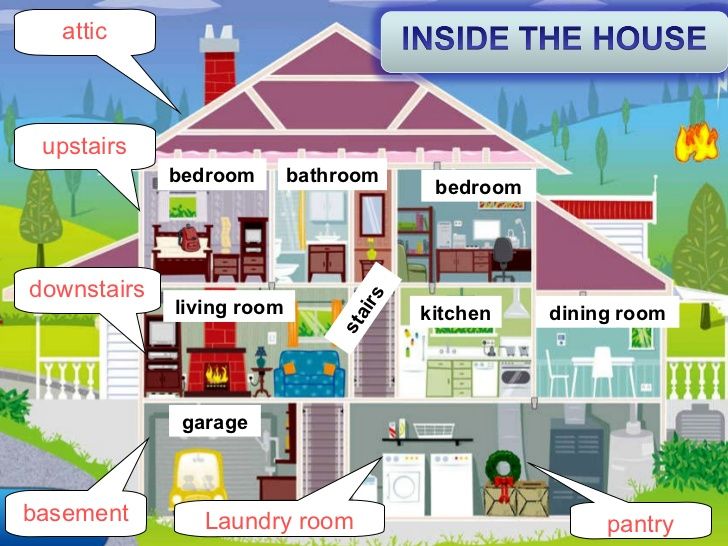
author: Anastas Natoka
But for most of the novel, the author easily connects these layers together: the actions of the characters are understandable, both if you look at them as difficult teenagers left to their own devices, and if you plunge into the strange, associative logic of the House. It succeeds, in many respects, due to the lack of explanations.
Petrosyan nowhere tells why the House is the way we see it, how the mystical abilities of a number of heroes work. They just are. But since we see everything from the position of other characters, and not from the side of abstract observers, this approach turns out to be plausible. Even the ending of the book is true to the same dual logic and turns out to be very fair: everyone gets their own.
Finally, in addition to the main plot focusing on the Smoker and the fourth group, the book contains the story of Grasshopper, a very young boy who has recently entered the House. Gradually, readers may realize that the Grasshopper's story is set in a different time period, during the previous issue.


